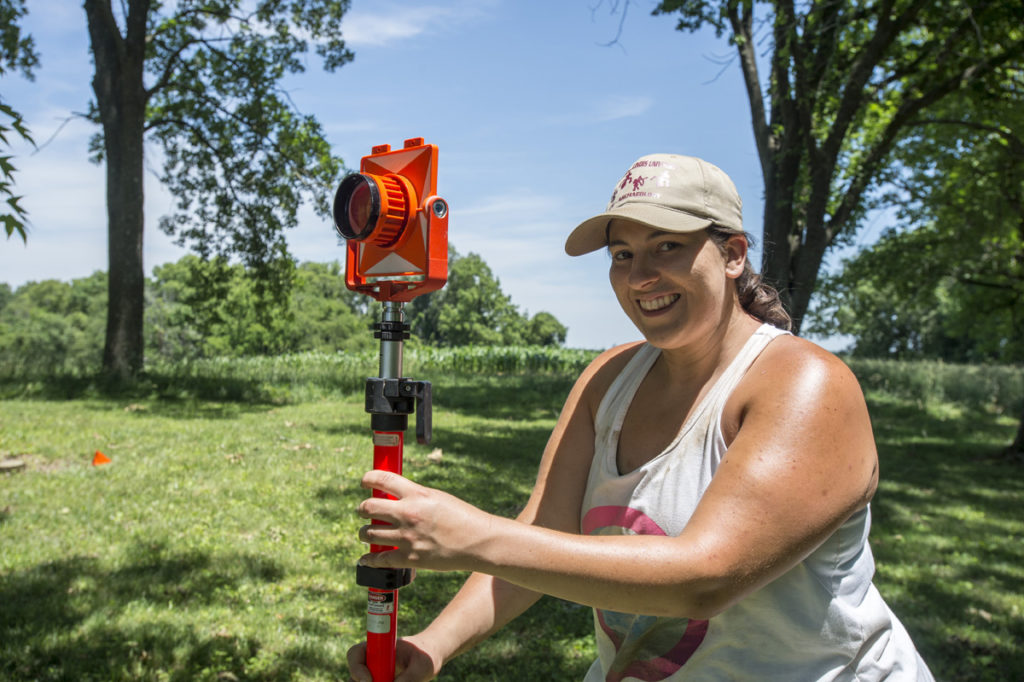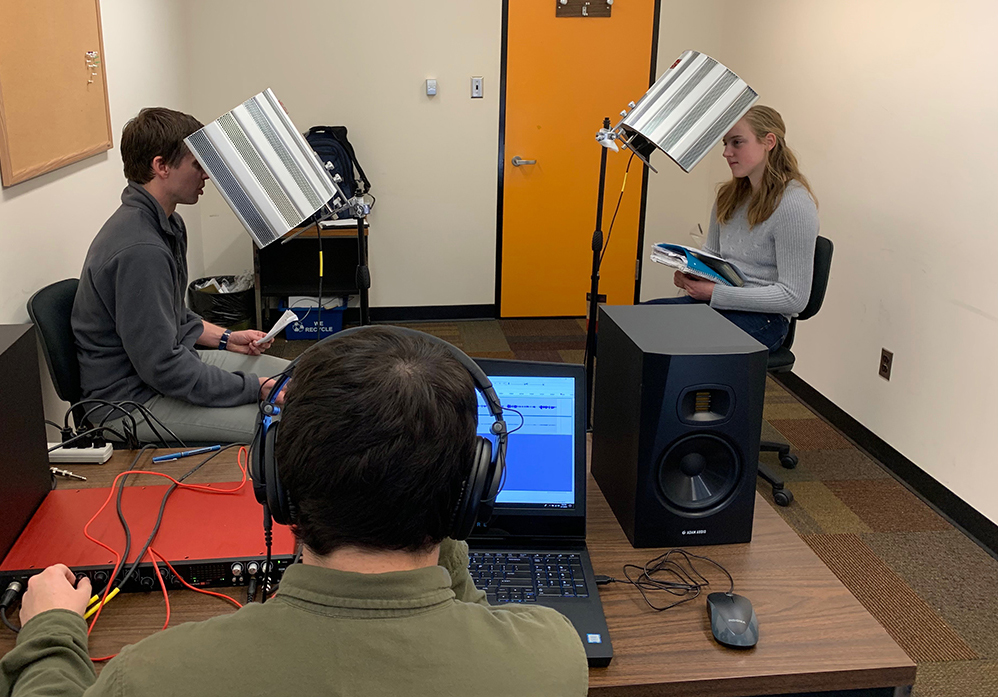After discovering a new American fort at Kaskaskia last year, students and archaeology professionals from Southern Illinois University Carbondale are back on site this summer to uncover fresh mysteries.
Known as the famed stopping point for the Lewis and Clark expedition, Fort Kaskaskia stands as a beacon of history in the Midwest. Built by soldiers in 1803, the fort follows similar patterns to other forts found throughout the region.

In 1974, many years after its time in action, Fort Kaskaskia earned the distinction of a State Historic Site. However, the focus centered on the site of the known French Fort, until the team from SIU uncovered the American fort, several hundred yards away on Garrison Hill.
New discoveries at the fort
After discovering the new site last year, the archaeologists and students started back this summer by looking for the foundation, trenches and posts of the structure, under the guidance of Mark Wagner, director for the Center for Archaeological Investigations.
“The American fort is completely different from the French fort,” Wagner said. “It has vertical posts, with long trenches to set the posts in. We are hoping to find the fortification trenches for the walls, because they would have had to build them several feet into the ground.”
Once the team finished unearthing the trenches, their goal was to build a basic idea for the design and organization of the fort and better place themselves fore effective discoveries.

While digging at the site, students uncovered a variety of artifacts that gave further insights into life at the fort. Several students’ unearthed 2nd infantry uniform buttons from the soldiers who traveled with the Lewis and Clark Expedition, along with musket barrels, bricks and chimneys, nails and more.
Most recently, the group uncovered a possible U.S. Army cellar at the Garrison Hill site. The large dark feature was brimming with rock, brick and artifacts, matching the similar size of other known fort cellars. The group plans to conduct further study on the potential cellar at the field school next year.
Hands on archaeology
In the 1940’s, before the discovery of the American fort, a paved road was laid that crossed through the site. A variety of other disturbances, such as water lines and water mains, also disturbed the site.
Using their Ground Penetrating Radar system, the team carefully mapped out the fort perimeters and now are able to work around the pavement to make their discoveries.

To start the excavation process, the team begins with the Total Station, an electronic device that measures a position both horizontally and vertically. The archaeologists mark off individual units based on the positioning, with each unit usually measuring at either one by two meters or one by one meters.

Next, the archaeologists stake off the unit and begin the excavation. First, they roll off the top sod to break up the ground. Next, they carefully start digging 10 centimeters deep at a time with a trowel and collect the dirt in a bucket. The dirt then undergoes meticulous examination through the sifting screen as the archaeologists look for artifacts.
For Michaela Hoots and Megan Carson, anthropology juniors, sifting can be tedious work, but worth it when they discover something exciting.

“My favorite discovery is when I found pipe stems in Fort Kaskaskia,” Hoots said. “I found one, and it was our first big find at the site this year, which was really exciting, and then we also found a second piece.”

Every artifact is carefully stored and recorded for later cleaning, documentation and at the curation lab. Before the students leave the unit, they replace the dirt and restore the area to its former status.
Flint knapping and spear throwing
A special feature at the archaeology site this year included a famed flint knapper to give demonstrations on making ancient tools, techniques of spear throwing and mastering basic survival skills.

Starting with a piece of flint, Larry Kinsella walked the group through the process of making knifes and spear shafts to hunt deer, elk and rabbits. He used both a copper pressure flaker and an antler to sharpen the flint and make the tool/weapon both strong and sturdy.
The demonstrations offered an interesting perspective to the years the forts were in place and provided unique context for the archaeologists, volunteers and students on site.
Passport in time

Another special highlight of this year’s dig was the addition of volunteers from the U.S. Forest Service’s Passport in Time group. Individuals and families came from a variety of states, including Texas, Colorado, Wisconsin, Indiana and Michigan.
The volunteers camped near the site and spent the week excavating, sifting and sorting through the artifacts. Some of the volunteers travelled across the country working on various restoration and archaeological projects, while for others, such as Cindy McCurry and David White from Plainfield, Indiana, the project was a new type of adventure.
“I find history, especially lost history, very fascinating,” White said. “It irritates me that it was lost.”
Working alongside the students and archaeologists, the volunteers learned on the site how to dig and sift the dirt, along with the many other steps in the process. The experience opened the world of archaeology to many, while also helping to raise awareness and interest into the often forgot about field of study.
For more information on the SIU archaeology field school, contact Mark Wagner at 618/453-5031 or mjwagner@siu.edu.






